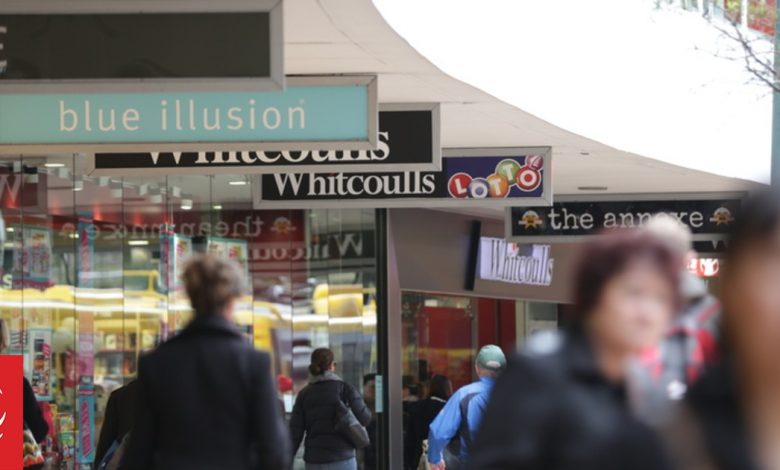Economy may struggle to break grip of recession for first half of year

The economy may struggle to break the grip of recession for the first half of this year amid weak consumer, manufacturing, and construction activity.
First quarter to the end of March economic growth numbers (gross domestic product – GDP) are due later this week and it seems a toss of the coin between positive or negative for the start of the year.
Local analysts are split — the ANZ and ASB forecasting marginal increases, Westpac, BNZ, and Kiwibank marginal falls — the average among them is a 0.1 percent fall. The Reserve Bank (RBNZ) has forecast growth of 0.2 percent.
That would mean five of the past six quarters have been negative and would extend the technical recession.
ASB senior economist Kim Mundy is one of the ‘optimists’, picking a 0.1 percent rise in activity, albeit somewhat tentatively.
“We don’t expect this to mark a change of fortunes for New Zealand, with more weakness likely while monetary policy settings are restrictive.”
She said there was uncertainty about the numbers, with ‘statistical noise’ about revisions and analysis of numbers since the pandemic.
“Looking through that (the noise) we’ll see an economy that’s pretty soggy, pockets of weakness, and an economy that’s feeling the effects of high interest rates… we’re fishing around for the positive factors.”
The cooling of the economy, even recession, with consumers “cooling their jets”, and the labour market softening has been the RBNZ’s core weapon to fight inflation.
Less to go around
Westpac senior economist Michael Gordon said the economic decline over the past year had been modest, but had come at a time when the population had grown strongly through immigration.
“As a result, gross domestic product (GDP) per person has fallen by 4 percent from its 2022 peak and is set to fall further over this year.”
Per capita growth is a measure of everyone’s share of the economic pie, so with a population gain of more than 111,000 people in the year to March but in a shrinking economy, everyone gets a little bit less.
“Considering how overheated the economy had become in previous years, it’s likely that we’re only just moving into ‘cool’ territory,” Gordon said.
He said the Reserve Bank’s rapid rate rises and its determination to keep rates high until inflation is back in its 1-3 percent target band would weigh on spending and activity for some time.
“It will take a sustained period of sub-par activity before the RBNZ can be confident that inflation has been knocked on the head.
“On its own, a weaker GDP result would favour an earlier start to OCR cuts – that is, earlier than the mid-to-late 2025 timing that the RBNZ was projecting in May.”
But the RBNZ has been adamant interest rate cuts are off the agenda until inflation is tamed, and to emphasise its determination it pushed out its forecasts of rate cuts until the middle of next year at the earliest, even if financial markets remain sceptical.
Second quarter no better
But the first quarter was well gone in the rear view mirror, and attention has turned to the current quarter to the end of June.
The manufacturing and services sectors have been firmly in contraction for recent months.
BNZ senior economist Doug Steel said most of the second quarter indicators that have come out so far have been negative, raising questions whether the soon to end period will be another quarter of contraction.
“It seems like every number that comes out at the moment is negative, look at the retail card numbers and adjust for inflation and the decline is sharper, adjust them again for population growth and its sharper still, they’re downside risks to GDP.
“The first quarter was flat to negative, and the second quarter doesn’t look like it’s going to be any better, if not worse.”
According to the news on Radio New Zealand



